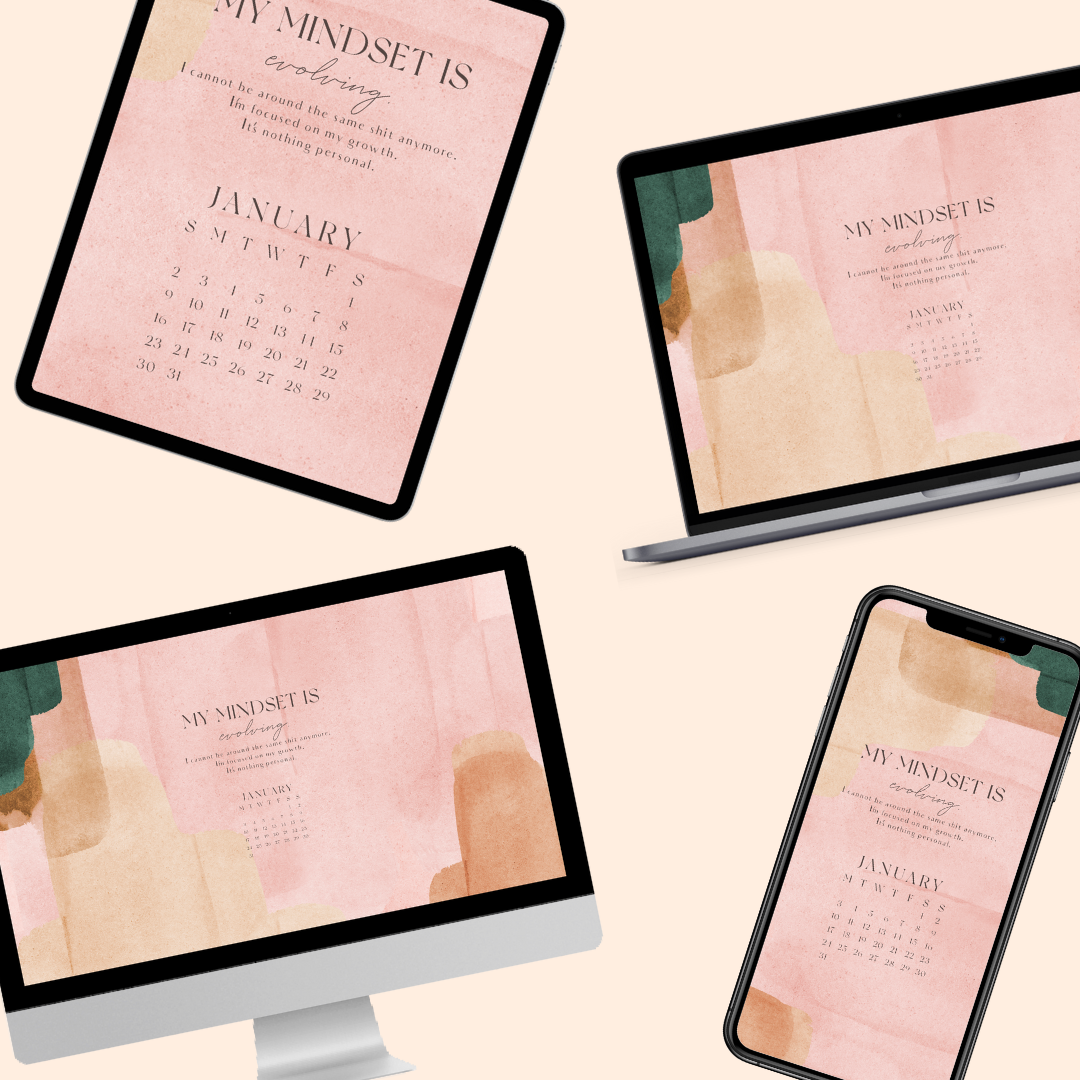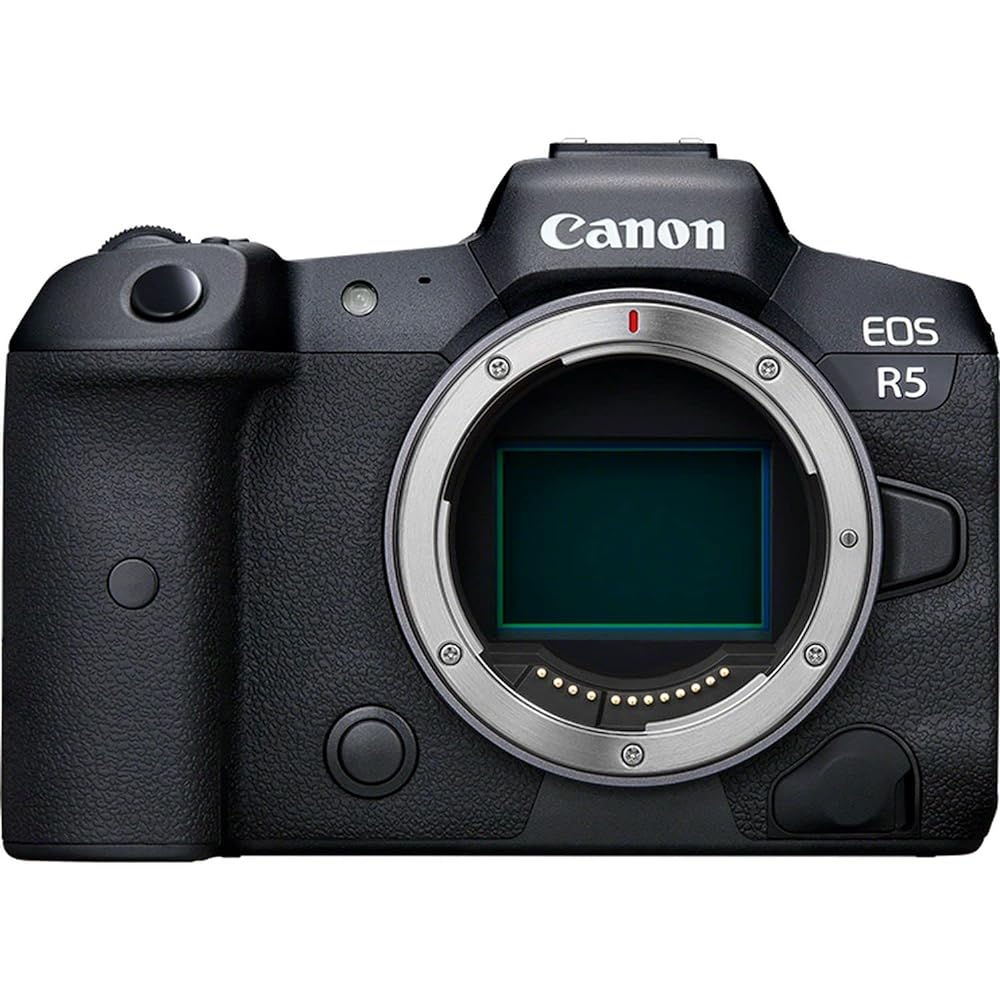Raúl Cañibano Ercilla is considered one of the most gifted photographers in Latin America. Few others capture the lifestyle of his Cuban homeland as he does. He has spent over three decades roaming around both urban landscapes and rural settings. The pictures shown here were taken in the capital, Havana, and in Matanzas, the country’s second largest province, home to Varadero, one of the largest tourism centre on the island. For these photos he was working for the first time with a Leica M10 Monochrom (Typ 246). He spoke with us about what inspires him, why he loves working in black and white, and about his preference for 28 and 35mm lenses.
What does photography mean to you, and what is your goal when pursuing your own projects (non-commercial ones)?
Photography is a passion for me. I am constantly inspired by the possibility of capturing in one image habits and customs that may disappear with time, or that reveal the reality in which we live.
What is the biggest challenge you face when out looking for pictures?
Being able to capture in one shot everything I want to express, when I discover an image that can change in a split second. Photography is very difficult and requires constancy.
Some of your work was published in August 2021, by Edition Lammerhuber, and titled Absolut Cuba (Visual Poetry). Congratulations! What was your intention with this body of work, and what do you hope the viewer will draw from it?
In my book Absolut Cuba, we find a selection of four photographic essays, that I have been carrying out in my country for the last 30 years. It is a very personal look at my homeland, and captures my experiences and emotions. That’s what I want the viewer to see.
Where and when were the pictures we’re showing from your series taken? I guess it’s an ongoing, long-term project?
They were taken in Havana and Matanzas, starting in August 2019, as a result of Leica loaning me an M10 Monochrom (Typ 246), and later a friend gifting me with an M10P. The series include Tierra Guajira and Ciudad. It’s work I’ve been doing for 30 years. I work on various subjects at a time; I don’t rush things and I mature within the work itself. It isn’t concluded. I took the pictures you show here with the Leica M10 Monochrom (Typ 246).
Do you walk around with your camera all the time? Do you prefer “thinking before shooting”? Do you plan where to go to get good pictures, and do you have a favourite spot to hang around in and why?
I take my camera when I go out for a walk. Sometimes I see a situation or a place that I like and I wait to see what happens. I like photography to tell a story, which is why I like that various planes exist.
What is your special connection with dogs? They seem to appear quite often, and your approach is quite humorous.
I love dogs. Maybe it’s because of my love for them that they have become a recurring subject in front of my lens; though not exclusively. I like animals in general.
What does light mean to you? It seems that you only use natural light.
I find natural light much more interesting because of the shadows it projects. I like the atmosphere they create. It’s like another language.
How did you develop your visual language, and who or what has inspired you?
We’re all influenced by other artists. I myself consider that I have imbibed from the source of great painters, such as Salvador Dalí, Claude Monet and Gustav Klimt, as well as from masters of photography like Robert Frank. In the end, with persistence, you go creating your own style and you end up finding your own language.
Why do you prefer black and white over colour? What do you see as the advantages of black and white?
I like colour, I even see it; but for the type of images I make I think that black and white turns out more expressive.
It seems you used a Leica Monochrom: was it the M10 Monochrom (which type)? What did you like about the system? In what way did it help enhance your visual language?
Well, initially I used the Monochrom 246 that LFI loaned me; and at first it took an effort for me to adapt to Leica’s telemetric focusing system, because I was used to the focusing system of a reflex camera. I must say that by the end of a week I had adapted, and I realised that it’s a very fast camera to work with, and the RAW files are of top quality, with incredible detail in the shadows. All this improved my pictures a lot, and I like it. I was impressed by the fact that I hardly had to do any work on the shadows in my images, because everything looked like top quality.
What lenses did you use?
With the Leica Monochrom (Typ 246) I used the Summicron-M 35mm f/2 Asph. I generally use a 28mm for my work, but in the case of Leica the 35mm is better, because with the 28mm I can’t make out the sides well. That was a conflict for me, because I want the negative to be as full as possible with the image I see. I avoid the appearance of elements that I didn’t see at the moment of shooting. In contrast, the 35mm worked very well for me. That detail about the 28mm lens also happens for me with the M10P. I’d like to try the Q2 Monochrom with its fixed 28mm, which I know doesn’t have that problem because its system is similar to a reflex.
Would you like to share about the current or future projects you’re involved with?
I’m preparing the draft for my next book. I have various exhibitions and workshops planned for this year, both in Cuba and it other countries.
Born in Havana, Cuba, in 1961, Raúl Cañibano Ercilla worked as a welding technician in the aviation industry until the end of the 1980s, before beginning a career as a self-taught photographer in 1990. His focus lies on documenting the traditions of his home country. One of his best-known series, Tierra Guajira, speaks about the way of life in rural Cuba. His work has been exhibited both at home and abroad, including in the United States, Spain, Belgium, Norway, Mexico, Australia and Japan. He has been published in The New York Times, The Guardian, Black & White; and his pictures are part of various public and private collections, including those of the Museo Nacional de Bellas Artes, Cuba, and the International Center of Photography (ICP). He is the recipient of the first prize of the Salón Nacional de Fotografía in Cuba. Find out more about his photography on his website and Instagram page.
Leica M
The Leica. Yesterday. Today. Tomorrow.










